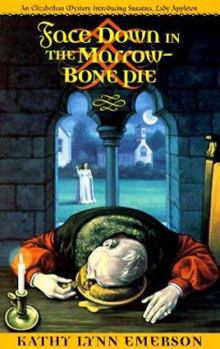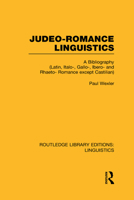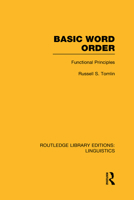Face Down in the Marrow-Bone Pie
(Book #1 in the Susanna, Lady Appleton Series)
Select Format
Select Condition 
Book Overview
Related Subjects
Fiction Genre Fiction Horror Literature & Fiction Science Fiction Science Fiction & FantasyCustomer Reviews
Rated 5 starsInformative
Like the explanations for the different grilling techniques. Recipes are easy to understand. The several recipes I tried were excellent!
2Report
Rated 5 starsWow! This book has made me look like I know what I'm doin!
Okay, honestly I'm culinary challenged, but this book surely helped me overcome that. This book is packed with all kinds of good recipes. Everything from how to grill a whole hog, right down to the perfect burger (which really is perfect! I love his technique!) and even a short chapter on grilling deserts (grilled pineapple with cinnamon/sugar is insanely good, especially with vanilla ice-cream) I have tried numerous recipes...
2Report
Rated 5 starsTHE GRILLIN' GURU IS BACK!
Steve Raichlen is the Grillin' guru and author of such books as BBQ USA, The Barbeque Bible and more. In this book, Steve tackles the problem that those of us in the frozen north face every year at this time. The snows on the ground, it's 15 degrees, and none of us wants to leave the warm comforts of our home to go out and fire up the grill. No problem. Steve presents a cookbook with us in mind. These are recipes of...
2Report
Rated 5 starsOutstanding book, with something for almost everyone.
At first I almost called this a great basic grilling book. To be honest, I think this book has changed the definition of a "basic grilling book", simply because while it shows the burgers, etc. that most experienced grill cooks know, it also shows other foods that really are a natural for the grill - expanding the envelope of what really is basic. Many different foods are shown, but nothing is redundant and every subtlety...
1Report
Rated 5 starsThe PERFECT reference guide for grilling
_____The book's greatest feature is its completeness. Raichlen covers all aspects of grilling: 1: Types of grills - Raichlen discusses the basics on gas grills, charcoal grills, hibachis, tuscan grills, smokers, you name it. 2: How to set everything up - I learned how to probperly light coals, clean and oil the grate, and test for proper temperature. 3: Recipes! - From steak to ribs to chicken, and even lobster...
1Report












































